Nancy Caroline’s Emergency Care in the Streets 9th Edition Mejia Test Bank is a robust resource providing a wide range of practice questions that mirror real-world emergency scenarios. It supports EMS professionals in mastering essential skills and knowledge, with questions designed to enhance clinical judgment and readiness for emergency care situations.
Section 1: Preparatory
Chapter 1: EMS Systems
Chapter 2: Workforce Safety and Wellness
Chapter 3: Public Health
Chapter 4: Medical, Legal, and Ethical Issues
Chapter 5: Communications
Chapter 6: Documentation
Chapter 7: Medical Terminology
Section 2: The Human Body and Human Systems
Chapter 8: Anatomy and Physiology
Chapter 9: Pathophysiology
Chapter 10: Life Span Development
Section 3: Patient Assessment
Chapter 11: Patient Assessment
Chapter 12: Critical Thinking and Clinical Decision Making
Section 4: Pharmacology
Chapter 13: Principles of Pharmacology
Chapter 14: Medication Administration
Chapter 15: Emergency Medications
Section 5: Airway Management
Chapter 16: Airway Management
Section 6: Medical
Chapter 17: Respiratory Emergencies
Chapter 18: Cardiovascular Emergencies
Chapter 19: Neurologic Emergencies
Chapter 20: Diseases of the Eyes, Ears, Nose and Throat
Chapter 21: Abdominal and Gastrointestinal Emergencies
Chapter 22: Genitourinary and Renal Emergencies
Chapter 23: Gynecologic Emergencies
Chapter 24: Endocrine Emergencies
Chapter 25: Hematologic Emergencies
Chapter 26: Emmunologic Emergencies
Chapter 27: Infectious Diseases
Chapter 28: Toxicology
Chapter 29: Psychiatric Emergencies
Volume 2:
Section 7: Trauma
Chapter 30: Trauma Systems and Mechanism of Injury
Chapter 31: Bleeding
Chapter 32: Soft-Tissue Trauma
Chapter 33: Burns
Chapter 34: Face and Neck Trauma
Chapter 35: Head and Spine Trauma
Chapter 36: Chest Trauma
Chapter 37: Abdominal and Genitourinary Trauma
Chapter 38: Orthopaedic Trauma
Chapter 39: Environmental Emergencies
Section 8: Shock and Resuscitation
Chapter 40: Responding to the Field Code
Chapter 41: Management and Resuscitation of the Critical Patient
Section 9: Special Patient Populations
Chapter 42: Obstetrics
Chapter 43: Neonatal Care
Chapter 44: Pediatric Emergencies
Chapter 45: Geriatric Emergencies
Chapter 46: Patients with Special Challenges
Section 10: Operations
Chapter 47: Transport Operations
Chapter 48: Incident Management and Mass-Casualty Incidents
Chapter 49: Vehicle Extrication and Special Rescue
Chapter 50: Hazardous Materials
Chapter 51: Terrorism Response
Chapter 52: Disaster Response
Chapter 53: Crime Scene Awareness

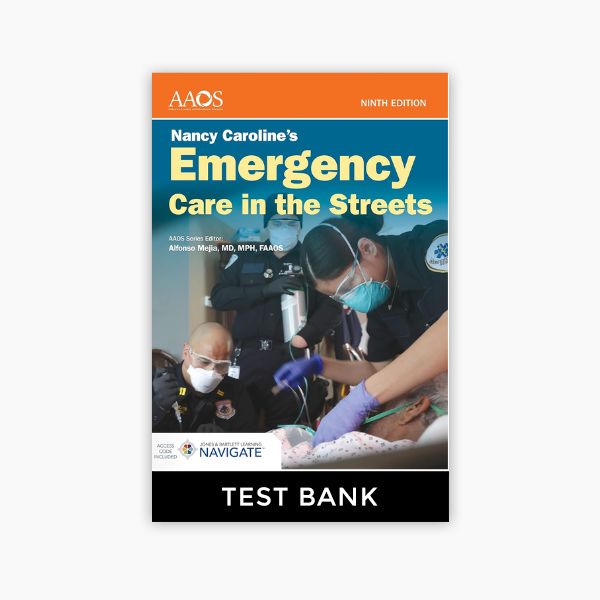




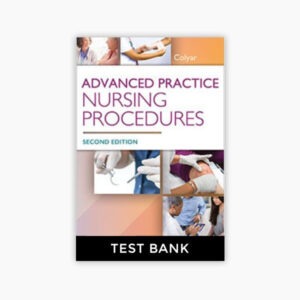
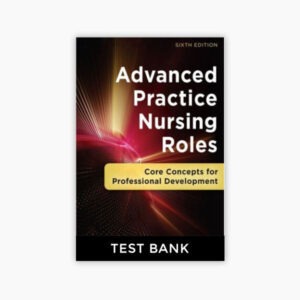
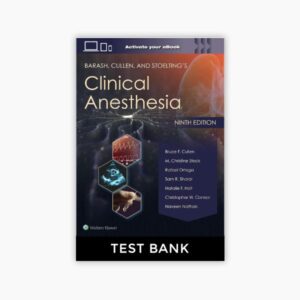
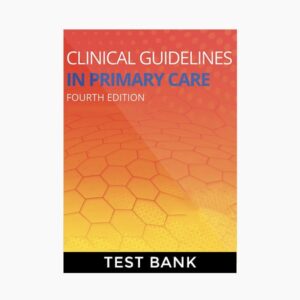

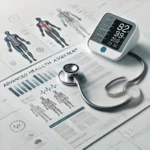
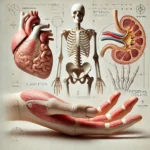




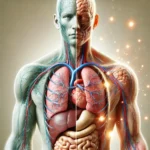


Reviews
There are no reviews yet.